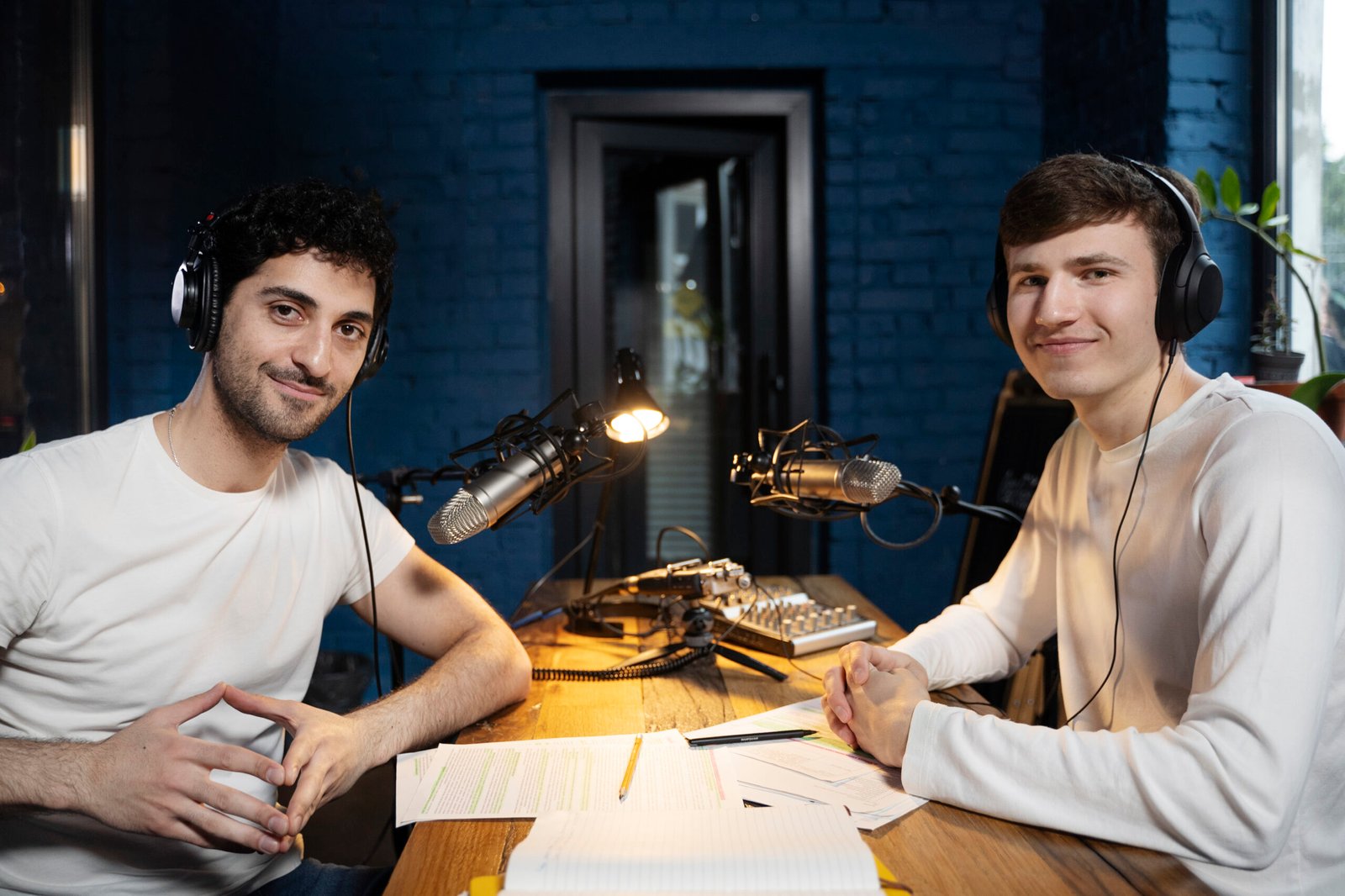If you’ve listened to a song lately and thought, “Wait, is that a real singer?”, you’re not alone.
Something big is happening around the music industry. Voices are no longer limited to the people who sing them. They’re being created, and not by producers behind glass windows, but by algorithms that learn what makes a human voice sound real.
That’s the world of AI-generated voices: where sound meets code and somehow ends up feeling emotional.
Did You Know!
A few years ago, this idea sounded strange. People laughed at the thought of computers singing. But here we are: in an era where Vocal AI can pull off a love song with the same breathy emotion you’d expect from a live artist.
It doesn’t stop there. Vocals ai is becoming part of the studio setup, just like a guitar or drum pad. Musicians are using it to sketch melody ideas, indie creators are building full songs overnight, and even game developers are making virtual characters that can sing their own themes.
It’s not science fiction anymore, all about software that functions fast, responsive, and surprisingly human.
How It Actually Works
The idea is simple, just listen and learn. The AI algorithm studies how people sing: tone, rhythm, phrasing, those tiny pitch wobbles that make a voice feel alive. Then it rebuilds that behavior through code. The result? You type a lyric, pick a style, and suddenly the line comes alive, as if someone really just sang it in your room.
The magic is in the details. The AI doesn’t just copy sound; it catches feeling. The breath before a note. The pause after a long line: that’s what makes vocal ai sound like something with a pulse.
Why Everyone’s Talking About It
Because it’s changing how music gets made. For artists, it means freedom. No waiting for a vocalist to record a demo. No worrying about mic setups or expensive studio hours. You just try things: melodies, harmonies, and moods.
Small creators are thriving in this space. With tools like Acestudio, you can shape a unique voice without needing any special setup. You don’t even need to sing, you can write and even feel. And the vocals AI software handles the rest.
The Human Side of Synthetic Voices
People often ask: “But can AI feel anything?” No, it doesn’t. But it can imitate feeling so well that your ears believe it does. That’s maybe the trick or the beauty of it.
What we call “emotion” in sound is just pattern and timing. The AI catches those patterns, replays them in its own way, and we fill in the rest with our own human interpretation.
That’s why the best vocal ai performances don’t sound robotic, they sound expressive. Keep in mind the AI tools have learned what we emotionally respond to, not just how to hit a note.
A Tool, Not a Threat
There’s a lot of noise about AI replacing artists. But here’s the truth, it’s a tool, not a thief.
Every new instrument in history felt strange at first. Electric guitars, drum machines, autotune: all met with resistance. But eventually, they became part of the art form.
The same is happening with vocals ai. It’s not here to erase the human voice. It’s here to extend what’s possible with it.

